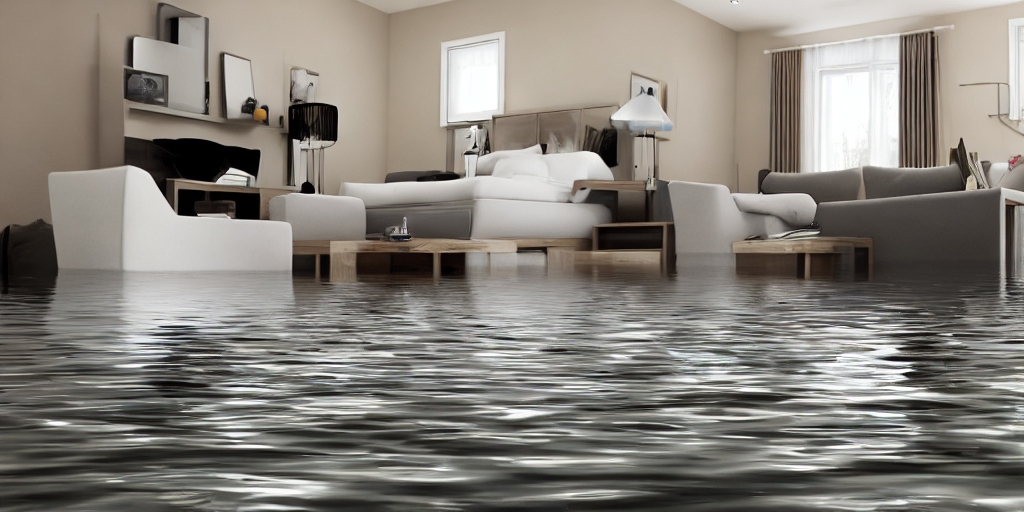Water damage can wreak havoc on homes and businesses alike, and in a bustling city like Dallas, where unpredictable weather patterns can lead to unexpected challenges, understanding the ins and outs of water damage restoration is crucial. In this comprehensive guide, we’ll delve into the process of water damage restoration in Dallas and address key questions surrounding the topic.
How Do You Remediate Water Damage?
Water damage restoration in Dallas is a multifaceted process that involves several crucial steps. First and foremost, it’s essential to identify the source of the water intrusion and address it promptly. Whether it’s a burst pipe, a leaking roof, or flooding, stopping the source is the initial step in preventing further damage.
Once the source is contained, the next phase involves water extraction. Powerful pumps and vacuums are used to remove standing water efficiently. This step is pivotal in preventing mold growth and structural damage. Following water extraction, professionals assess the extent of the damage and categorize it based on the level of contamination. This categorization guides the restoration process.
Drying and dehumidification come next. Industrial-grade equipment is employed to ensure thorough drying of affected areas, preventing secondary damage. The final steps involve cleaning and sanitizing, which may include disinfection treatments to eliminate potential health hazards.
Also Read: Unveiling the Best Water Damage Restoration in Dallas: A Comprehensive Guid
Why Is Water Damage So Expensive?
The expense associated with water damage restoration in Dallas is influenced by various factors. First and foremost is the urgency of response. Swift action can mitigate the extent of the damage, reducing the overall cost of restoration. Delayed response, on the other hand, may lead to more severe damage, requiring extensive repairs and increasing the financial burden.
The type of water involved also plays a significant role. Clean water, such as that from a burst pipe, is less expensive to remediate compared to contaminated water from floods or sewage backups. Contaminated water requires additional safety measures and more thorough cleaning processes, contributing to higher costs.
Additionally, the size and scope of the affected area impact the overall expense. Extensive damage to multiple rooms or entire floors will naturally incur higher costs than localized damage. The need for specialized equipment and expertise further adds to the overall expense of the restoration process.
What Is the Biggest Concern With Water Damage?
One of the most significant concerns associated with water damage is the rapid onset of mold growth. In the humid climate of Dallas, mold can begin to develop within 24 to 48 hours after water exposure. Mold not only poses health risks but can also compromise the structural integrity of buildings.
Beyond mold, water damage can lead to the deterioration of building materials, including wood, drywall, and insulation. Structural components weakened by water damage may compromise the safety of a property if not addressed promptly.
Another concern is the potential for long-term damage to personal belongings and possessions. Items like furniture, electronics, and sentimental valuables can be severely affected by water exposure, emphasizing the importance of swift and effective restoration efforts.
Mitigation vs Remediation vs Restoration

Understanding the distinctions between mitigation, remediation, and restoration is crucial when dealing with water damage.
Mitigation involves taking immediate actions to prevent further damage. This could include actions such as boarding up windows, placing tarps on roofs, or extracting standing water. Mitigation aims to stabilize the situation and minimize the initial impact.
Remediation is the process of reversing or stopping damage. In the context of water damage restoration in Dallas, this involves actions like drying and dehumidifying affected areas, removing and replacing damaged materials, and addressing the root cause of the water intrusion.
Restoration is the final step, bringing the property back to its pre-damaged state. This may involve cosmetic repairs, rebuilding structures, and ensuring that the property is fully restored to its original condition.
Incorporating
When seeking the best water damage restoration in Dallas, Texas, reviews can be invaluable. Locals often rely on the experiences of others to choose the best water damage restoration in Dallas. One renowned service in the area is Dalworth Restoration, offering top-notch services not only in Dallas but also in Plano and Fort Worth.
For those facing the aftermath of a water-related disaster, Texas Disaster Restoration stands out as a reliable partner in navigating the challenges of water damage restoration in Dallas. Their expertise extends to various locations, including San Jose.
Also Read: Revitalizing Homes: Comprehensive Water Damage Restoration in Dallas TX
Conclusion
Water damage restoration in Dallas demands a swift and comprehensive approach to mitigate, remediate, and restore affected properties. The costs associated with restoration highlight the importance of prompt action and the choice of reputable services like Dalworth Restoration and Texas Disaster Restoration. Understanding these dynamics ensures a resilient response to water damage challenges in the vibrant city of Dallas.










